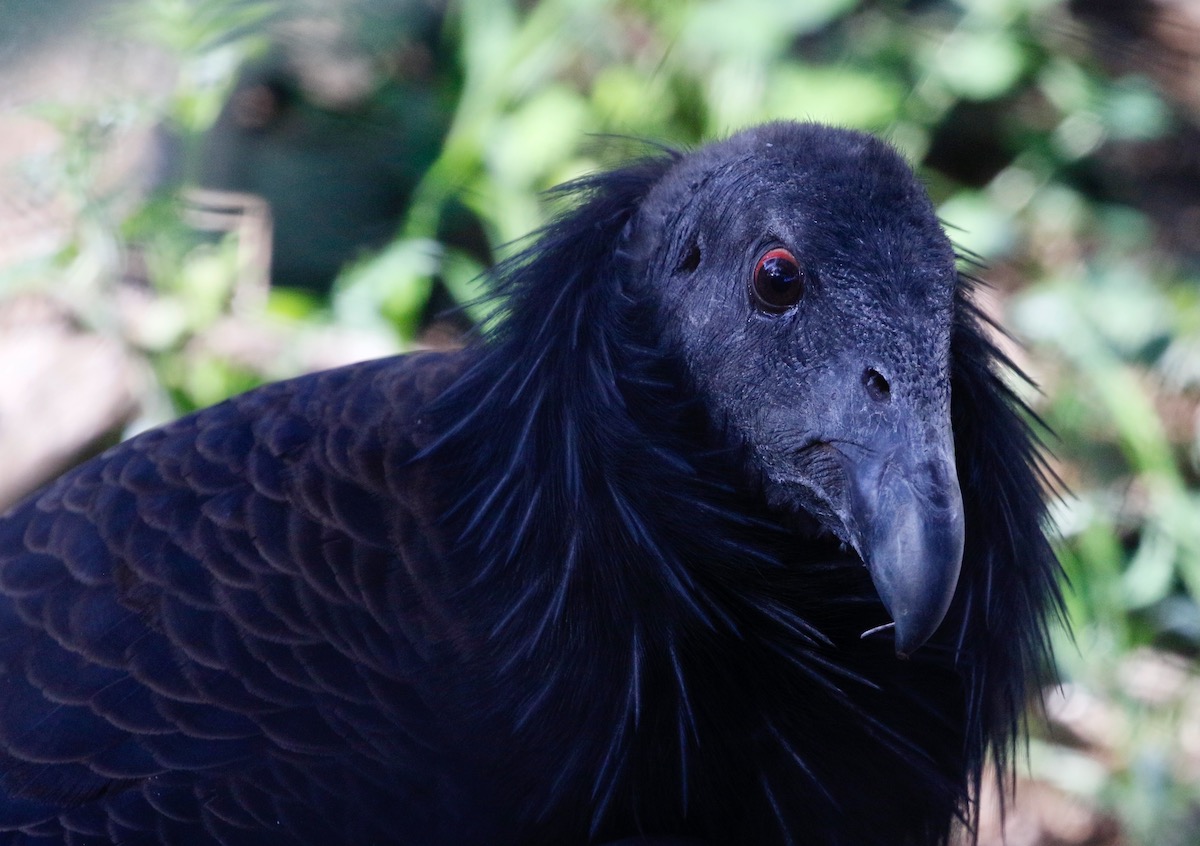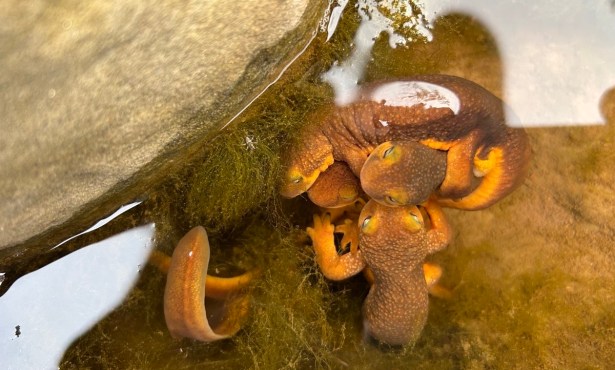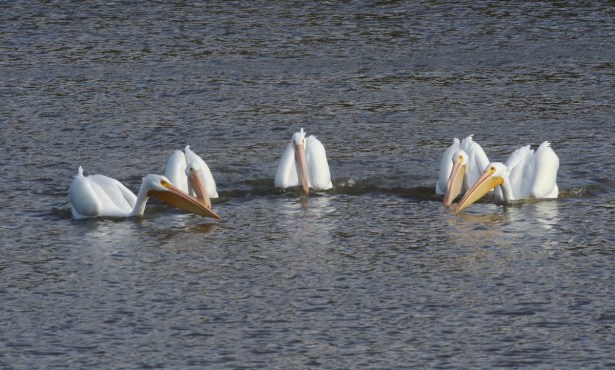Santa Barbara Birding | The California Condor
Iconic Bird of the Backcountry Is Back from the Brink

I couldn’t unfasten the passenger seat belt in Chris’s aged VW bus, and he was outside ecstatically looking up, giving a running commentary as he watched the last three free-flying California condors in the world. The seconds I struggled with the belt stretched on and on, and the air immediately above my head was blue with invective. Finally, Chris came around and freed me from my prison, and fortunately, the three adult condors were still flying in wide circles overhead. What a sight! There really is nothing quite like seeing a condor on the wing. They are the biggest North American bird with a wingspan of nearly 10 feet, dwarfing golden eagles, which often share the same habitat. The sheer bulk of the birds can give the impression of a small plane, and it is said that they can soar for a hundred miles without flapping. The skin on the adults’ head is orange, and there is a dramatic pure-white triangle on the underside of the wing. This was my third time looking for these birds, and the first I’d seen anything other than dots in the distance. These were moments to savor.
The year was 1986, the place was the arid mountains to the east of Cuyama; within a few months of our sighting, in an effort to save the species, these last three free-flying condors were captured. At this time, only 27 California condors remained in the world, all in captivity.
The Chumash must have revered the condor, as there are cave paintings that clearly depict the species. When the first European settlers surveyed western lands, condors were known from British Columbia to Baja California. Numbers soon plummeted as the birds were shot and had their eggs stolen. By the late 1900s, the remaining birds were restricted to the mountains of southern California, but still the birds declined. Not only were humans encroaching upon the birds’ habitat, but many birds died from poisoning, often from strychnine-laced carcasses used to control coyotes. Some of these birds ingested lead fragments from bullets left in the carcasses of deer and other animals. All condors are carrion-eaters — part of nature’s cleanup crew. Of all deceased condors tested in the last two decades, half have died from lead poisoning. Because of this, lead bullets were outlawed for hunting in the state in 2013.
Compounding these problems was the condors’ slow rate of reproduction. They only lay one egg per nesting attempt, usually in a cave on a cliff face, but sometimes in tree stumps of redwoods. It takes a year for a young condor to be fully independent of its parents, and because of this long caring period, egg-laying does not occur every year. A condor takes anywhere from six to eight years to reach maturity, but if they can avoid man-made dangers, they can live up to 60 years.
Sign up for Indy Today to receive fresh news from Independent.com, in your inbox, every morning.
In 1980, a major recovery plan went into effect, with captive breeding initiated at several zoos, and in 1992, two birds were released back into the wild in Ventura County, and since then, there have been steady reintroductions in other parts of the west. There are now more than 500 condors in existence, and more than 300 of those are now free-flying. Reliable places to see condors are the Grand Canyon, Big Sur, and Pinnacles National Park. Or, if you like a really close look, our very own Santa Barbara Zoo has a few condors on display.
All condors now sport numbered wing tags, which aid in tracking the birds. If you think you have seen a condor but didn’t notice the wing tags, chances are you saw the condor’s smaller cousin, the turkey vulture.
Four years ago, I was at the summit of remote Big Pine Mountain, the tallest peak in Santa Barbara County, helping conduct a bird survey. As I scanned the surrounding mountains, I saw a huge bird with widely fingered wing tips soaring toward me. A condor! It was a youngster with a gray head and without the white triangles on the underwing. It made a couple of passes over the summit before heading out to the north.
I managed to shoot a couple of photos of the bird and could partially make out the numbers on the wing tags. Later, I was able to get information from condor researchers in the area who’d been keeping tabs on this bird. It turned out that the bird I’d seen was one of the first to have hatched in the wild since the reintroduction program began — a bird that had not known captivity! We can hope that the conservation program continues to succeed, and that condors will once again be a regular sight, soaring with ease over our backcountry.
Support the Santa Barbara Independent through a long-term or a single contribution.



